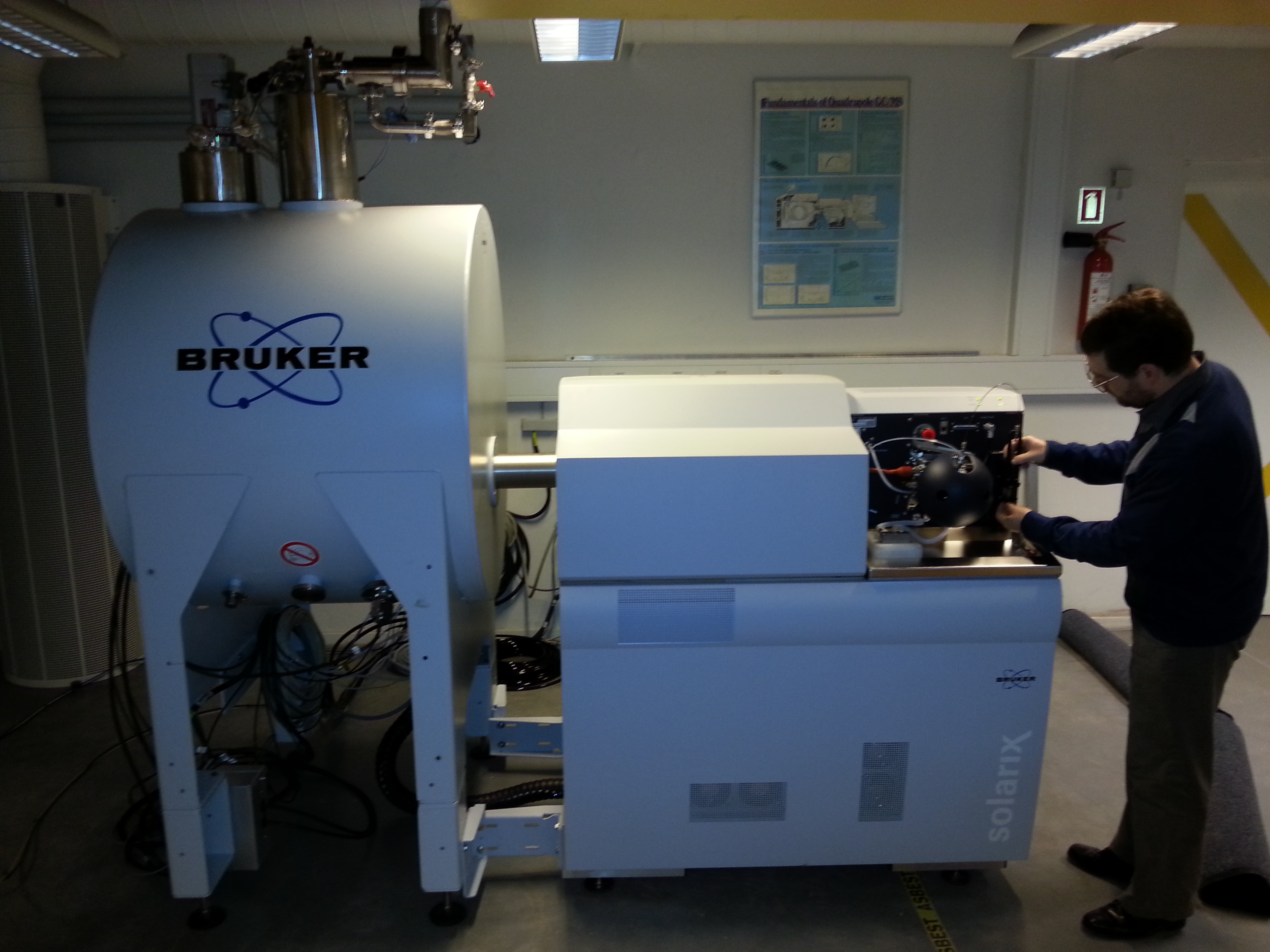Combinatorial Chemistry
Combinatorial chemistry has developed out of the observation of natural selection and combichem presenting its power in key biological functions, including replication and immune response. CECB has a great interest in applying both computational design, combinatorial technology and combinatorial selection methods to build and screen molecular libraries. In 1988, we introduced the parallel synthesis block that in various forms has since become standard laboratory equipment in CombiChem laboratories worldwide. In 1992, we described a multicolumn library synthesizer for split mix synthesis that greatly facilitated the preparation of molecular libraries.
Combinatorial methods were gradually discovered 1984 - 1991 culminating with the simultaneous presentation of the solid phase split mix approach by Lam and Furka in 1991. This event created an outburst of combinatorial chemistry groups around the world. The power of combinatorial technology in discovery of new active substances was immediately realized. However, reliable analysis of structures from single beads has remained a real difficulty in this approach.
Center for Evolutionary Chemical Biology has developed a range of enabling and facilitating methods in the field of combinatorial chemistry, both with respect to screening and structure elucidation. The screens include on-bead fluorescence resonance energy transfer (FRET) assays for protease activity and inhibition, on bead cellular assays and solid phase binding assays. At CECB structural analysis from single beads is performed on the center's ICR-MS (Figure 1) and microTOF LC-MS instruments. Rapid structure determination and determination of structure activity relationship may alternatively be performed by our 3D-MPM-encoding.
 Figure 1. CECB and Sustainable Chemistry has acquired a new high resolution ion cyclotrone resonance instrument for structure elucidation of minute amounts of complex synthetic molecules from single beads.
Figure 1. CECB and Sustainable Chemistry has acquired a new high resolution ion cyclotrone resonance instrument for structure elucidation of minute amounts of complex synthetic molecules from single beads.

Figure 2. The CECB-facility has acquired a new high resolution ion cyclotrone resonance instrument for structure elucidation of minute amounts of complex synthetic molecules from single beads. The MS- instrument facility headed by Theis brock-Nannestad, was acquired as a shared effort with the group of sustainable chemistry headed by Mogens Brøndsted Nielsen.
